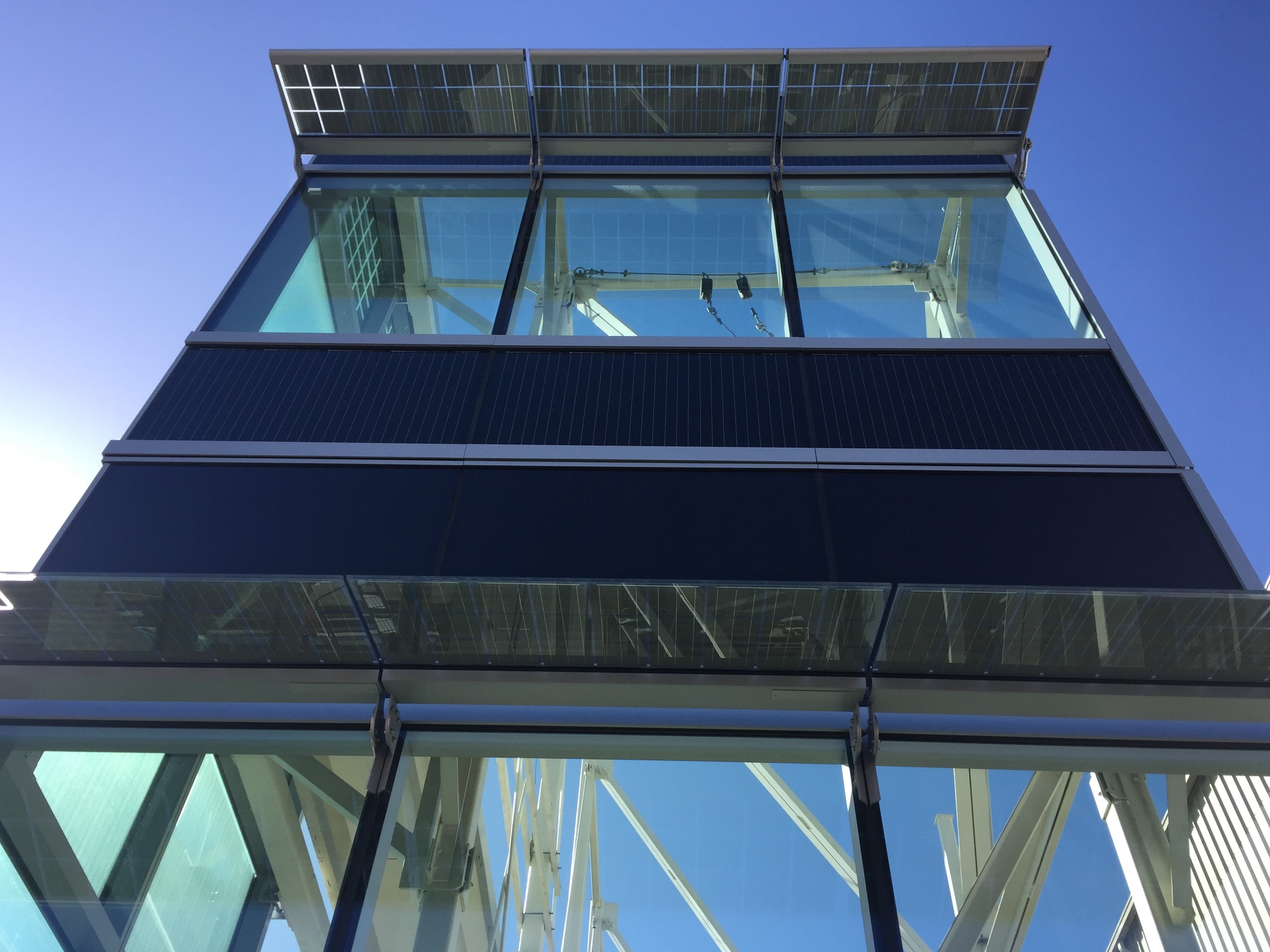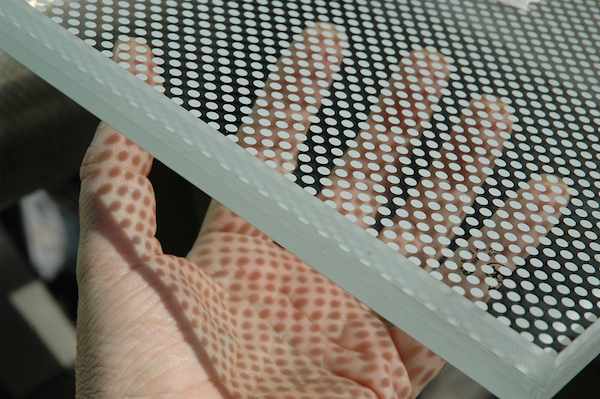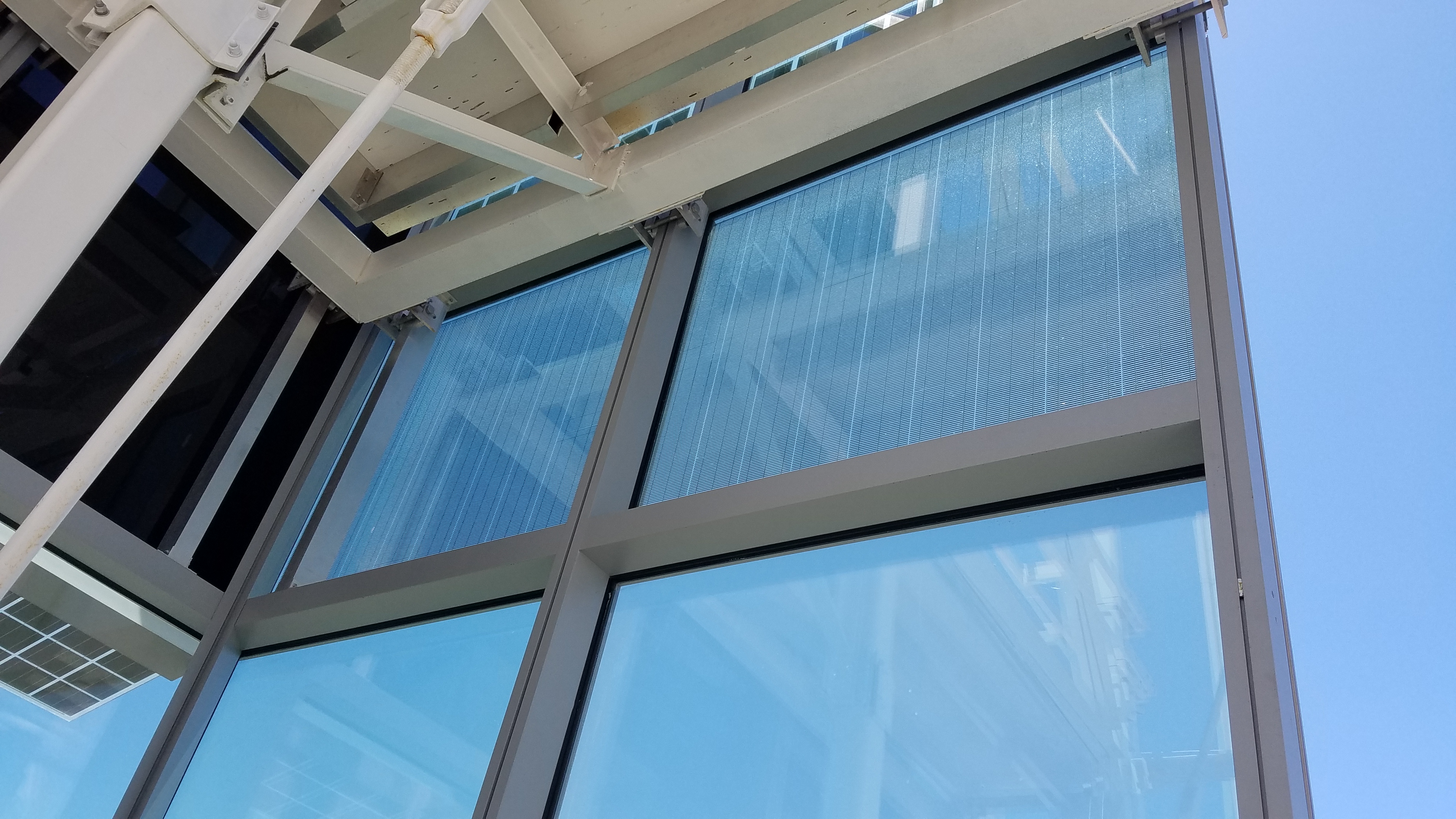How to Accelerate Architectural Solar in the US Market: From BIPV to Building Component
If you consider yourself a veteran of the solar industry, you most certainly have heard of Building Integrated Photovoltaics (BIPV). BIPV has taken on many different definitions over the years. Year after year, we hear of the projected explosive growth of BIPV, but it always seems to be on the horizon. Why has a concept that has been so widely discussed lack widespread adoption? The answer is multi-fold, and a factor of the barriers that this niche segment is working to address.
 At the root of the issue, the definition of BIPV is flawed, and the varying colloquial definitions of BIPV are selling it short. By some definitions, BIPV must be physically integrated into the building envelope to be considered "BIPV". Others see the integral nature of BIPV as simply part of the building design. Rather than spark the on-going debate about the definition of BIPV, it is more important to pivot our discussion to the heart of the story: Architectural Solar. The Architectural Solar market is where the true opportunity lies.
At the root of the issue, the definition of BIPV is flawed, and the varying colloquial definitions of BIPV are selling it short. By some definitions, BIPV must be physically integrated into the building envelope to be considered "BIPV". Others see the integral nature of BIPV as simply part of the building design. Rather than spark the on-going debate about the definition of BIPV, it is more important to pivot our discussion to the heart of the story: Architectural Solar. The Architectural Solar market is where the true opportunity lies.
Architectural Solar has and will continue to evolve to encompass technologies that span the broad spectrum of the word "integrated". Starting from solar panels that take on artistic expression (void of any function beyond art and energy production), to solar panels that form an aesthetic functional surface in an outdoor environment, to integrating PV technologies into insulated glass units (PV-IGUs) as a multi-functional building skin.
Architectural Solar - The Multi-Functional Building Component
The benefits and differentiators of Architectural Solar lie in its multi-functional nature; it's what has generated all the buzz over the past several decades, and will also be how proponents of Architectural Solar will justify it to traditional building industry decision makers. It provides a platform to leverage the intrinsic building materials of solar modules as building components. The structural backbone of a solar panel, glass, encapsulant, and aluminum, can be found throughout the built environment. For instance, glass-glass laminates are a commonplace architectural component. They're typically used to increase a lite's structural properties, make it safer, or provide sound protection. Glass-glass construction also happens to be a growing trend in the global PV industry, due to its added reliability over glass-foil modules. When considering the benefits of glass-glass laminates and other components that can serve a functional purpose within the built environment, the incremental cost of solar becomes that much more palatable.
One of the most appealing multi-functional attributes of Architectural Solar is the opportunity to leverage its opaque, or in some  cases semi-transparent nature. The building industry commonly coats glass with ceramic coatings or patterns, to form what is called a frit. Frit is typically used to reduce the solar heat gain coefficient (SHGC) of vision or sloped glazing, or to create an opaque barrier within a façade (e.g., glass in-front of floor partitions, known as spandrel glass). It is also used for glare control and bird-safe applications. There are currently solar cell technologies available that can address these exact needs, while also generating energy. Ceramic frit coatings can typically cost developers a $10-20/sqft premium. To put this in perspective, the average U.S. cost of a 100 kW commercial system in 2015 was $2.29/watt, or $36/sqft. This doesn't mean that Architectural Solar always has a lower levelized cost of energy (LCOE), but it does mean that it's multi-functional nature provides a means to offset a substantial portion of its intrinsic costs; this works in its favor towards being a more desirable solution. The fact that the full installation of a PV system isn't far from the cost of ceramic frit, and fractions of the cost of a granite façade, means that the cost equation is no longer the barrier.
cases semi-transparent nature. The building industry commonly coats glass with ceramic coatings or patterns, to form what is called a frit. Frit is typically used to reduce the solar heat gain coefficient (SHGC) of vision or sloped glazing, or to create an opaque barrier within a façade (e.g., glass in-front of floor partitions, known as spandrel glass). It is also used for glare control and bird-safe applications. There are currently solar cell technologies available that can address these exact needs, while also generating energy. Ceramic frit coatings can typically cost developers a $10-20/sqft premium. To put this in perspective, the average U.S. cost of a 100 kW commercial system in 2015 was $2.29/watt, or $36/sqft. This doesn't mean that Architectural Solar always has a lower levelized cost of energy (LCOE), but it does mean that it's multi-functional nature provides a means to offset a substantial portion of its intrinsic costs; this works in its favor towards being a more desirable solution. The fact that the full installation of a PV system isn't far from the cost of ceramic frit, and fractions of the cost of a granite façade, means that the cost equation is no longer the barrier.
Building Industry Integration
 Now that the cost of solar is at a record low, you may wonder what is stopping this obvious progression. Regrettably, the major barriers remain the same. First, the building industry and the solar industry need to actively embrace one another. Building industry players, need to see the value in adding solar technologies to their product offerings. This trend has gained considerable traction in the roofing segment of the building industry as several of the industry leaders now have solar divisions. The next step is for building envelope suppliers to make this shift, a shift that is upon us today. Solar technology companies are pioneering the creation of a trusted supply chain by developing partnerships with large building envelope leaders. In the last two years alone, some of the world's most respected glass conglomerates have brought to market their own branded PV-glass products, embedding proven PV technologies from leading solar companies, thereby making it a safe bet for building owners and developers. It is trends like these that will accelerate Architectural Solar into the mainstream.
Now that the cost of solar is at a record low, you may wonder what is stopping this obvious progression. Regrettably, the major barriers remain the same. First, the building industry and the solar industry need to actively embrace one another. Building industry players, need to see the value in adding solar technologies to their product offerings. This trend has gained considerable traction in the roofing segment of the building industry as several of the industry leaders now have solar divisions. The next step is for building envelope suppliers to make this shift, a shift that is upon us today. Solar technology companies are pioneering the creation of a trusted supply chain by developing partnerships with large building envelope leaders. In the last two years alone, some of the world's most respected glass conglomerates have brought to market their own branded PV-glass products, embedding proven PV technologies from leading solar companies, thereby making it a safe bet for building owners and developers. It is trends like these that will accelerate Architectural Solar into the mainstream.
PV Codes & Standards
When a PV manufacturer certifies a product in the U.S., they are typically constrained by standardizing their offering (due to the nature of UL 1703). Until now, mass manufacturing has dominated the solar sphere; there has not been a need for the standards to adapt. However, in order for PV to adapt to the architectural industry, codes and standards specific to the PV industry must accommodate some level of customization, as well as a range of product types and applications. Better yet would be the independent development of a framework for an Architectural Solar product standard - one that references relevant PV standards and building components. There are several glass and framing standards that meet the demands of the architectural industry, but the electrical standards within the PV industry have yet to be challenged by the same constraints. Architectural solar will only prove to be successful if standards can effectively evolve and adapt to the critical needs of the architectural community.
Architectural Solar is still poised to see the exponential growth that all have claimed. The cost of PV continues to drop, and innovative technologies are being brought to market that can easily integrate into glass fabrication processes. The opportunity is immense, but can only be realized when the critical barriers are overcome. Once they are, PV will be seen and experienced by all - in more ways than one.
 Christopher Klinga P.E. is the Technical Director of the Architectural Solar Association, a trade organization focused on harmonizing the PV industry and the Building Industry. He also owns and operates Solmotiv Design, a product and project based design-consulting firm based in Boulder, CO. His client list includes architects, developers and product companies. In addition, Chris is an engineering consultant to Solaria, an industry leader integrating solar technologies into the built environment.
Christopher Klinga P.E. is the Technical Director of the Architectural Solar Association, a trade organization focused on harmonizing the PV industry and the Building Industry. He also owns and operates Solmotiv Design, a product and project based design-consulting firm based in Boulder, CO. His client list includes architects, developers and product companies. In addition, Chris is an engineering consultant to Solaria, an industry leader integrating solar technologies into the built environment.
ASA | www.archsolar.org
Solmotiv Design | www.solmotiv.com
Solaria | www.solaria.com
Volume: 2017 November/December









.png?r=2437)


